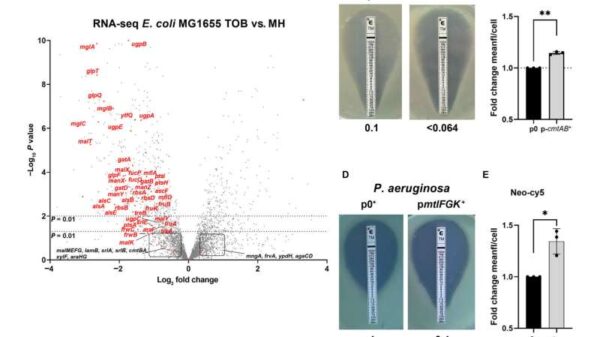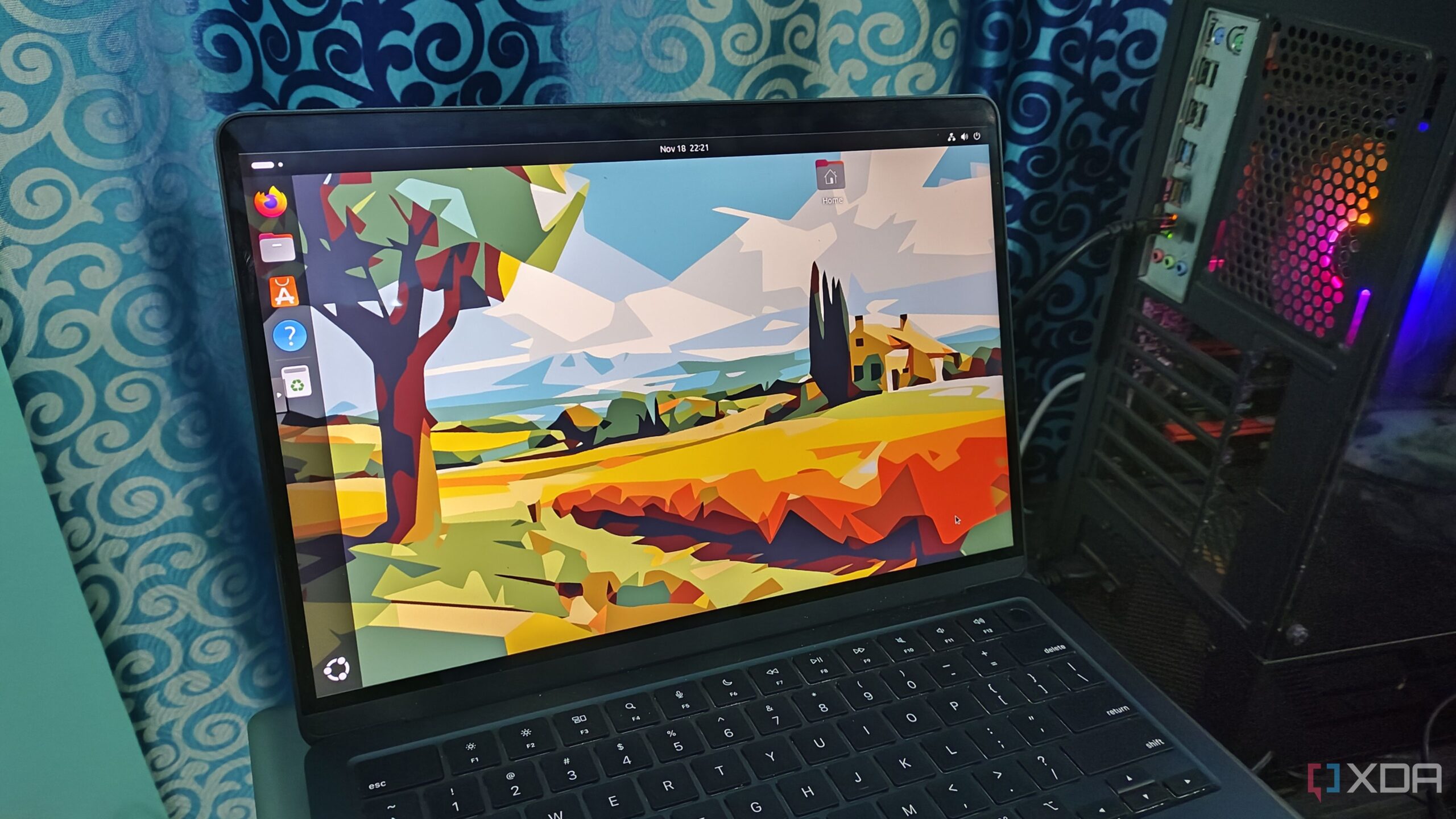Ubuntu has earned its reputation as a user-friendly Linux distribution, often attracting those transitioning from Windows. Its simple setup, compatibility with consumer hardware, and focus on graphical user interfaces make it a popular choice. One of the tools that enhance Ubuntu’s accessibility for newcomers is the use of snap packages, which bundle applications with all required dependencies. Despite their convenience, users are increasingly questioning the reliability and performance of snaps.
Concerns Over Closed-Source Ecosystem
Many users, including those migrating from Windows, appreciate Linux for its open-source philosophy and privacy-oriented features. While Ubuntu, developed by Canonical, is a free and open-source software (FOSS) distribution, the snap ecosystem raises concerns. Though some components like the snapd daemon have publicly available source code, the Snap Store, where snap packages are hosted, operates under a closed-source model. This contradiction has led some users to reconsider their reliance on snaps, particularly as they seek to avoid proprietary software solutions.
An additional layer of concern arises from the fact that using the apt package manager on Ubuntu can inadvertently lead to the installation of snap packages, even for applications typically found in official repositories. As users expect a streamlined installation process, the automatic redirection to snap versions of widely-used applications such as Firefox, Chromium, and Thunderbird has become a point of frustration.
Performance Issues and System Clutter
Another significant drawback of snap packages is their performance. Snaps are mounted as compressed virtual file systems, which must be uncompressed at runtime. This can lead to longer startup times compared to traditional package formats. Additionally, snaps tend to consume more memory, posing challenges for users with lower-specification hardware. This situation is particularly concerning for those who switched to Ubuntu to avoid high costs associated with upgrading RAM.
As multiple instances of the same dependencies are often required for different snap applications, users may experience increased overhead. Furthermore, the virtual file systems created by snaps can clutter the underlying Ubuntu installation over time, creating a complex web of mounted instances that complicate system management.
Despite these concerns, snaps do offer certain advantages, particularly for users who prioritize ease of application management. They can simplify the installation process for less technical users, and for those with sufficient system resources, snaps may remain a viable option. Users seeking alternatives can explore different package repositories or consider using Flatpaks for a more flexible approach.
In summary, while snap packages on Ubuntu provide a convenient means of installing applications, their closed-source nature, performance limitations, and potential for system clutter warrant a critical examination. As the Linux community continues to evolve, users are encouraged to weigh the pros and cons of snaps against their specific needs and hardware capabilities.



































































